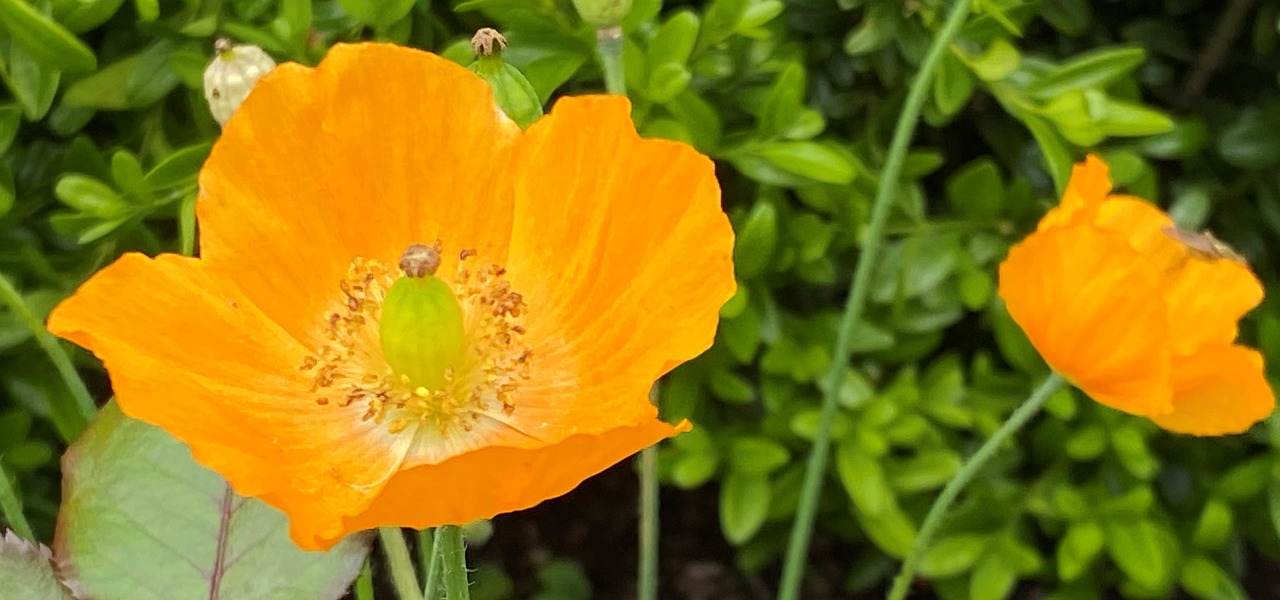Overview
Arawn is recognized as the Welsh sovereign of Annwn, the Otherworld featured prominently in the Mabinogi tales. Renowned for his prowess in hunting and magic, particularly shapeshifting, his significance is largely associated with Pwyll, the Lord of Dyfed.
Etymology
The name Arawn is thought to stem from a Welsh variation of the Hebrew name Aaron, which signifies “exalted.” Nevertheless, it may also relate to the Celtic deity Arubianus, given the linguistic resemblances. With the spread of Christianity, Arawn’s character was portrayed in a more sinister light, leading to a reputation that included titles such as the Lord of the Damned, a figure overseeing souls barred from the Christian heavens, accompanied by hellhounds that eternalize their hunt for malevolent souls.
Attributes
Arawn is primarily recognized as the ruler of Annwn, depicted variously in legends as an isle off the Welsh coast, a submerged cauldron, or an underground kingdom. Often described as a blissful paradise, Annwn has connections to Arthurian locales like Avalon. Arawn embodies wisdom and is cherished by both his court and his queen, although he faces rivals for dominance.
As a magician, Arawn exhibited remarkable abilities, famously exchanging appearances with Pwyll for an entire year. Remarkably, even Arawn’s wife remained unaware of the transformation they underwent. In the tale “Cad Goddeu,” Arawn rallies a formidable force from Annwn for battle, empowering them, yet ultimately faces defeat at the hands of Gwydion.
Arawn’s skills as a hunter are equally notable, often leading hunts alongside his extraordinary dogs, characterized by red eyes and white ears. His domain reflects the essence of fall, resonating with the sounds of hounds and migrating geese as winter approaches. In Celtic tradition, the year traditionally concludes with the autumnal festival of Samhain, a time when spirits of the departed roam freely, underscoring Arawn’s connection to the underworld.
With Christianity’s ascendance, Arawn’s links to mortality intensified his demonization. Annwn transformed into a realm associated with lost souls, with Arawn being redefined as a ruler of the damned, while his hunting dogs morphed into hellhounds culling the spirits of those deemed impure.
Family
Information regarding Arawn’s family is sparse, notable only for his unnamed wife, the Queen of Annwn, whose loyalty and affection for Arawn are evident.
Mythology
Arawn’s tales primarily surface in the Mabinogi, specifically within its First and Fourth branches.
Mabinogi
In the First Branch of the Mabinogi, Pwyll, who governs Dyfed, chases a stag with his dogs, only to be intercepted by a curious pack of red-eyed hounds. After the hounds slay the stag, a rider reveals to Pwyll that he has trespassed in Annwn and must seek Arawn’s mercy. Arawn proposes an unusual penance: they will swap forms for a year, which Pwyll, surprisingly, agrees to while pledging to defeat Arawn’s nemesis, Hafgan.
Over the year, Pwyll dedicates his days to hunting with the court and enjoys feasts at night. Despite the Queen’s advances, Pwyll chooses to honor their pact and remains loyal. Upon reuniting at the year’s end, both men exchange stories of their fidelity.
Arawn also makes an appearance in the Fourth Branch, albeit indirectly, through gifts presented to Pryderi, Pwyll’s son. Each year, these gifts, in the form of pigs sent from Annwn, serve as pivotal narrative elements in Pryderi’s tale.
Cad Goddeu
In “Cad Goddeu,” an excerpt from the Book of Taliesin, Arawn pursues a thief named Amaethon, who has stolen from Annwn. This sparks the epic Battle of the Trees, where Arawn summons an army of enchanted creatures, but ultimately falls to Gwydion, who rallies the trees to protect Amaethon.
Other Mythology
The narrative of Arawn and Pwyll shares similarities with the tale of Sir Gawain and the Green Knight, with Arawn embodying characteristics akin to the Green Knight. Both feature protagonists who resist the allure of their host’s spouse and demonstrate excellence in hunting and magical capabilities. Arawn’s links to Celtic deities extend to Arubianus, hinting at the richness of Annwn’s bounty, and to Cernunnos, the Gaulish deity symbolizing nature’s untamed aspects, in addition to Odin, renowned in Norse mythology as the master magician associated with death.
Arawn’s character resonates with figures such as Hades and Pluto, rulers of the deceased who aren’t merely villainous, reshaping his narrative to resemble that of the biblical Satan.
Pop Culture
Arawn stands out prominently in modern culture:
-
In Lloyd Alexander’s The Chronicles of Prydain, Arawn appears as Arawn Death-Lord, portrayed as malevolent yet grappling with the loss of control over Annwn.
-
Disney’s The Black Cauldron, inspired by Alexander’s series, highlights Arawn’s influence over the Horned King, showcasing themes of necromancy without Arawn’s direct appearance.
-
The music of Faith and the Muse’s Annwyn, Beneath the Waves draws upon Mabinogi-inspired stories, incorporating Arawn into its narratives.
-
Arawn plays a crucial role in Bloodforge, igniting the protagonist’s conflicts when a hunting trip with Crom results in a demon attack on his village.
-
In Dungeons & Dragons, Arawn is depicted as the Celtic sovereign of the underworld, more in line with his portrayal in The Chronicles of Prydain than his mythological roots.
-
The French comic series titled Arawn narratively depicts tales from the Mabinogi in a vivid, detailed manner.



